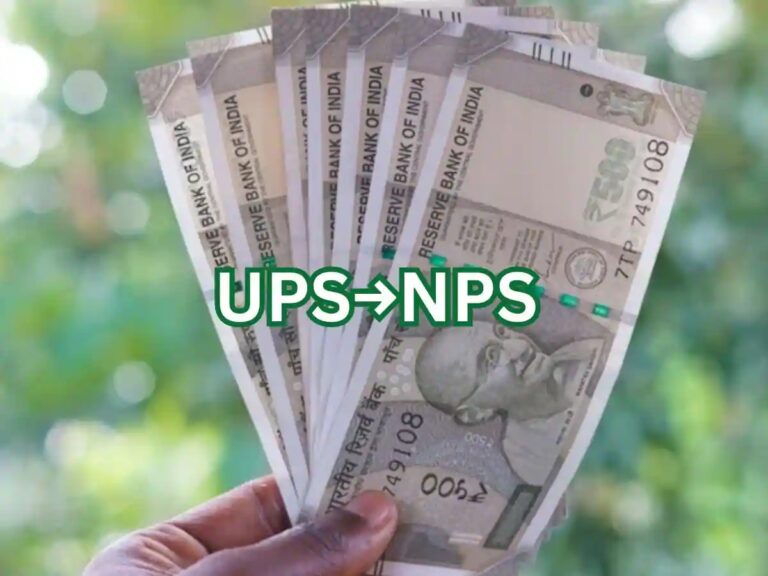
Government’s Stance on OPS Restoration
Central government employees have been advocating for the reinstatement of the Old Pension Scheme (OPS) since 2004, when it was replaced by the National Pension System (NPS). Despite repeated assurances from the government that OPS will not be revived, the issue resurfaced in parliamentary discussions during the Monsoon Session. Finance Minister Nirmala Sitharaman clarified that no formal proposal exists to restore OPS, emphasizing that the decision was driven by fiscal constraints. The government argued that OPS imposed unsustainable financial burdens on public funds, prompting the introduction of NPS as a defined-contribution model. This shift aimed to reduce the state’s liability while aligning with modern pension frameworks. However, employees remain dissatisfied, viewing NPS as inadequate due to its reliance on market returns, which create uncertainty in retirement benefits.
Unified Pension Scheme: A New Option
In response to persistent demands, the government introduced the Unified Pension Scheme (UPS) in April 2024, blending elements of both OPS and NPS. UPS guarantees 50% of the last salary as pension after 25 years of service, with contributions split between employees (10%) and the government (18.5%). This hybrid model aims to address concerns about financial insecurity while maintaining fiscal responsibility. However, adoption rates remain low, with only 1.35% of eligible employees opting for UPS as of now. To encourage participation, the government extended the enrollment deadline to September 30, 2025. Critics argue that UPS falls short of fully satisfying demands for guaranteed benefits, as it still relies on market performance for some components.
Comparing Pension Models: OPS, NPS, and UPS
The three pension schemes differ significantly in structure and benefits. OPS provided a fixed pension of 50% of the last salary without employee contributions, creating a stable but financially unsustainable system. NPS, introduced in 2004, requires both employees and the government to contribute, with retirement benefits tied to investment returns. UPS seeks to balance these models by offering guaranteed benefits alongside market-linked components. While UPS promises a fixed pension for 25 years of service, it also involves monthly contributions and limits the definition of eligible family members for pension claims. Employees argue that these restrictions undermine the financial security offered by OPS, leaving them in a precarious position.
Employee Dissatisfaction and Low Participation
Employees’ frustration stems from the perceived lack of financial certainty under NPS and the limited improvements offered by UPS. Many view UPS as an incomplete alternative to OPS, fearing that it does not fully address their concerns. Skepticism about the government’s commitment to restoring OPS further dampens enthusiasm for UPS. Additionally, some employees are reluctant to switch from NPS, which offers tax benefits and flexibility not available under UPS. The low participation rate highlights deep-seated mistrust in the government’s ability to deliver a viable pension solution, despite repeated assurances of reform.
Future Outlook for Pension Reforms
As the government continues to emphasize its stance against restoring OPS, the success of UPS will hinge on its ability to address employee concerns. The limited trust and slow adoption rates signal that significant challenges remain in pension reform. While UPS represents a step toward balancing fiscal responsibility with employee needs, its long-term viability depends on the government’s willingness to refine the scheme based on feedback. Employees remain divided, with some clinging to the hope that sustained pressure will eventually revive OPS, while others reluctantly accept UPS as a temporary compromise. The path forward will require a delicate balance between financial prudence and meeting the expectations of a workforce that has long awaited meaningful reform.



